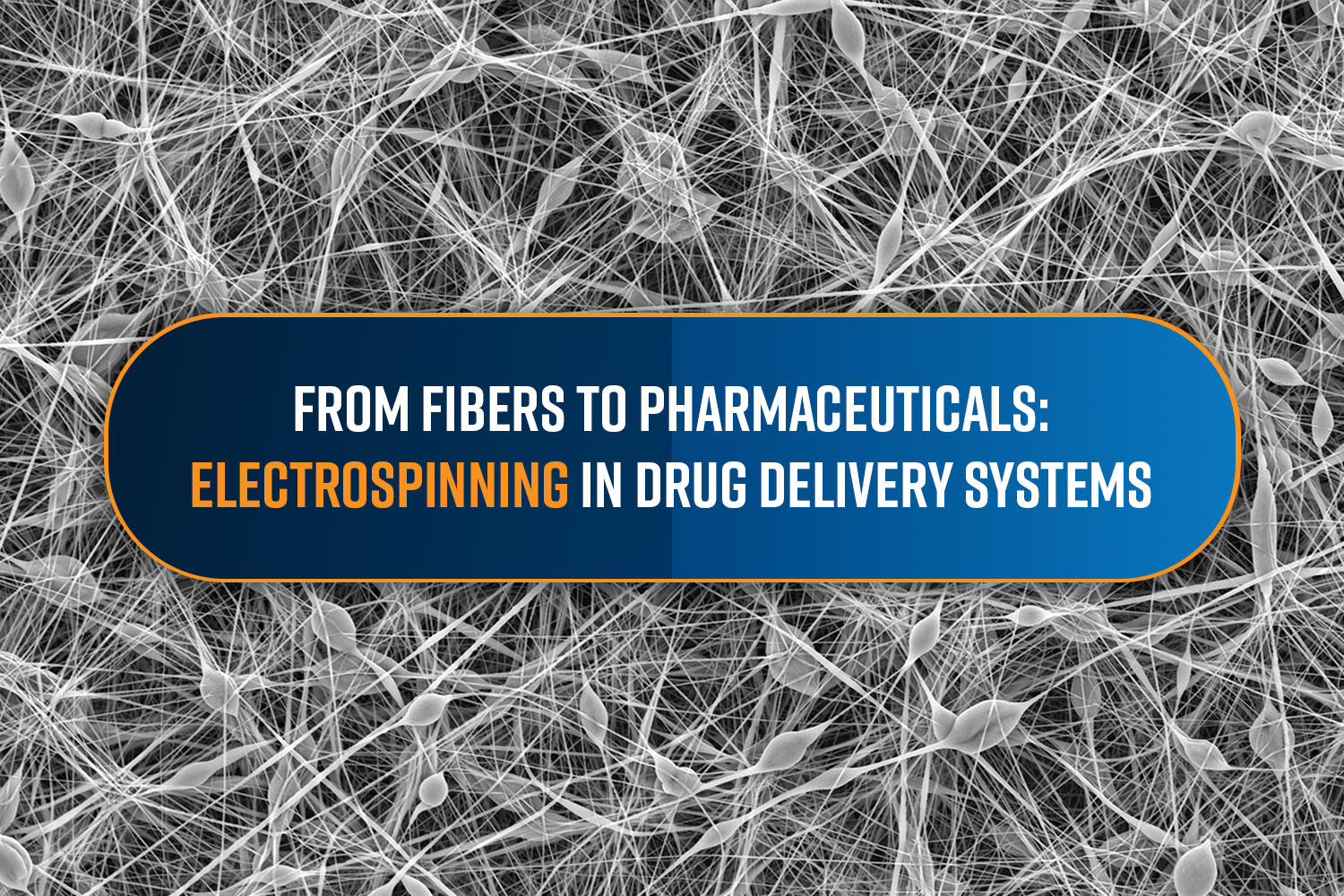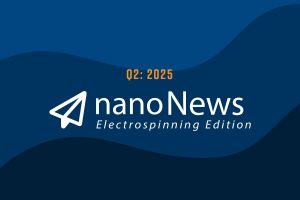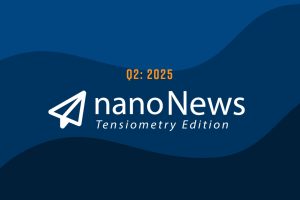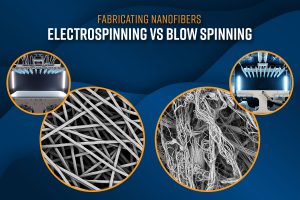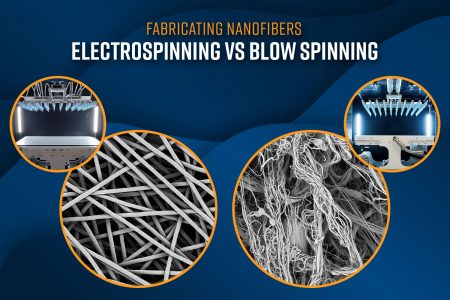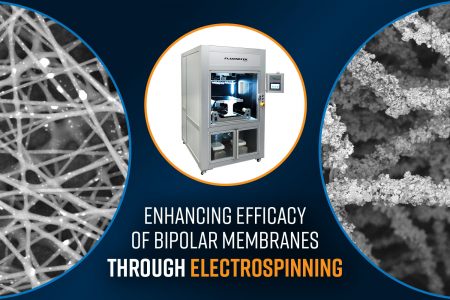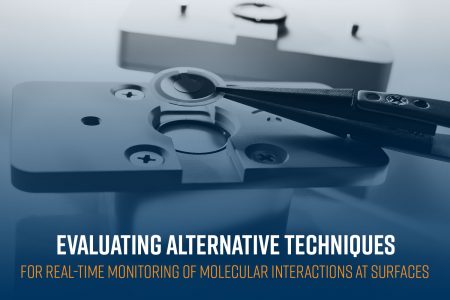Traditional drug delivery methods are often constrained by problems such as limited solubility and uncontrolled release. There is a growing need for innovative drug delivery methods to address these limitations. Ultrafine fibers fabricated by electrospinning offer a promising solution. These fibers have significant advantages, including high surface area-to-volume ratio, tunable porosity, and the ability to encapsulate a wide range of drugs. These properties enable controlled, targeted, and sustained drug release, improving therapeutic outcomes and reducing side effects for patients. These advantages lead to a broadened horizon of treatment approaches for various medical conditions. Here we address a few of the current applications including wound healing, targeted drug delivery and personalized medicine, oral drug delivery, ocular drug delivery, and stimuli-responsive drug delivery (tissue engineering).

Applications:
Wound Healing:
Electrospun nanofibers are highly effective carriers for delivering therapeutic agents directly to wound sites. Using techniques like coaxial electrospinning (e.g. core-sheath or core-shell electrospinning) or co-electrospinning (e.g. dual spinning) allows encapsulation or incorporation of additives or therapeutic agents within the fiber matrices (Figure 1). Encapsulating drugs within these fibers allows controlled release over an extended period, ensuring a sustained therapeutic effect. This gradual drug release reduces the risk of infection and accelerates tissue regeneration. Additionally, the direct wound application and targeted delivery provided by these nanofibrous dressings minimizes systemic side effects and enhances the efficacy of various drugs, such as antimicrobials, antibacterials, and anti-inflammatory agents. For example, a study by Katti et al. developed electrospun mats incorporating ciprofloxacin, an antibiotic, to treat bacterial infections in wounds. These mats provided sustained drug release, enhancing the healing process and reducing infection rates.1
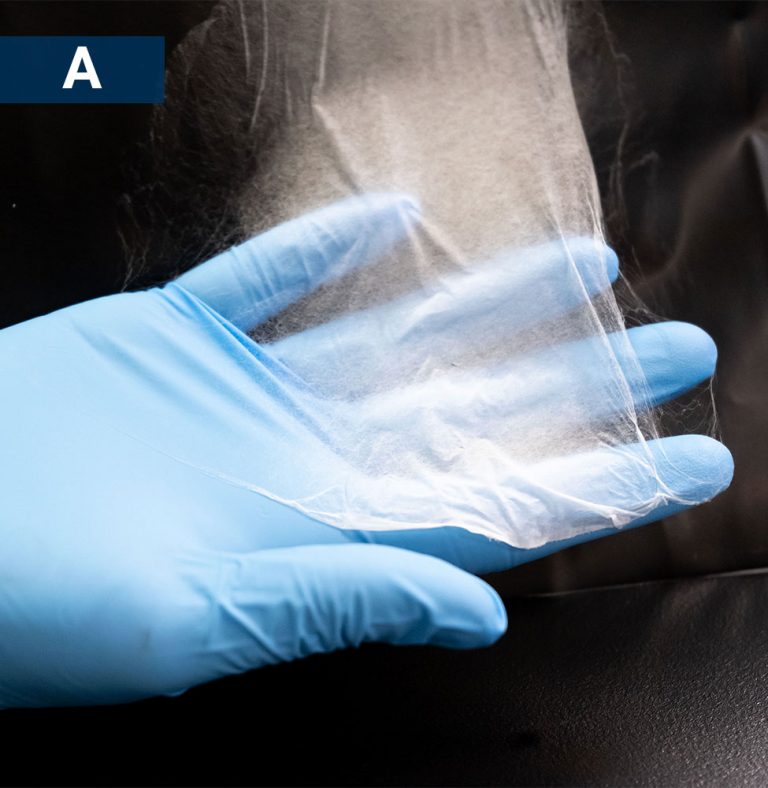
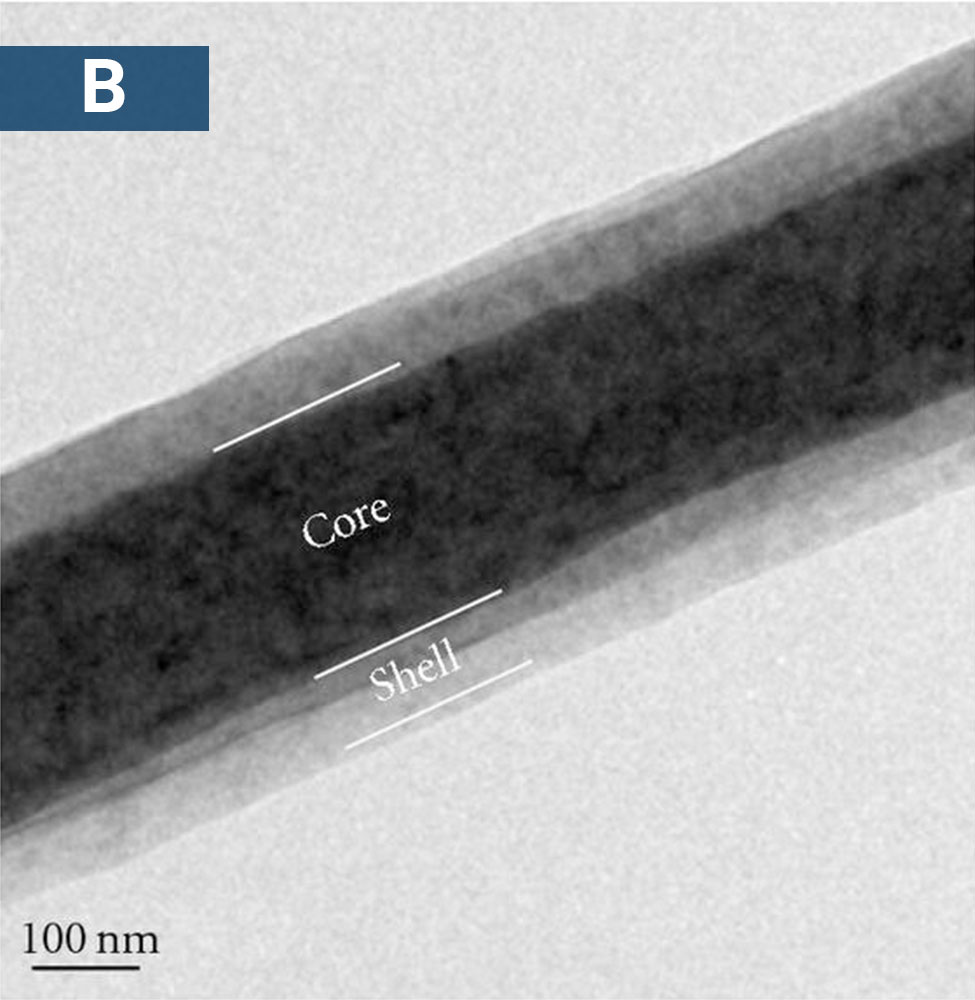
Targeted Drug Delivery and Personalized Medicine:
Nanofibers have shown promise in targeted drug delivery and personalized medicine by delivering chemotherapeutic agents directly to tumors. A notable example is the work by Jia et al., 3 where electrospun fibers loaded with doxorubicin, a chemotherapy drug, was used to target breast cancer cells. The localized delivery system minimized side effects and improved the drug’s efficacy by maintaining a consistent release over time.
Oral Drug Delivery:
Electrospinning has also been explored for oral drug delivery systems. As seen with other applications, the developers take advantage of the tunability and encapsulation capability of the technique. Verreck et al. demonstrated the use of electrospun fibers to deliver poorly water-soluble drugs.4 They encapsulated itraconazole, an antifungal medication, in electrospun fibers to enhance its solubility and bioavailability. The resulting nanofibers dissolved quickly in the gastrointestinal tract, improving the drug’s absorption and therapeutic effect. A more recent example is the Rivelin® mucosal drug delivery patch developed for the treatment of mucosal lesions, e.g. oral lichen planus (Figure 2). This is a dual-action patch technology that adheres to any mucosal surface and provides controlled and efficient unidirectional drug delivery to the target area while simultaneously acting as a soft protective shield offering instant pain relief and efficient healing.
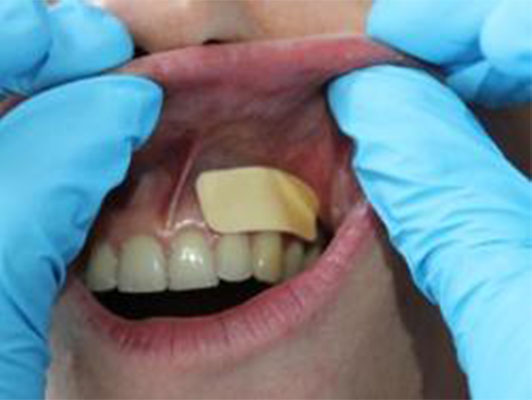
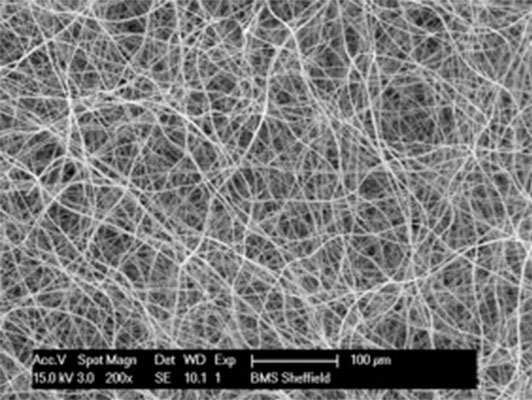
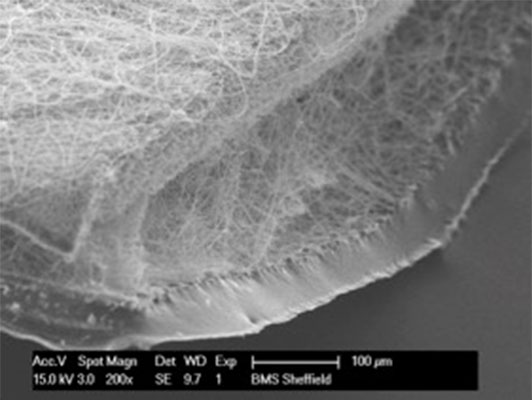
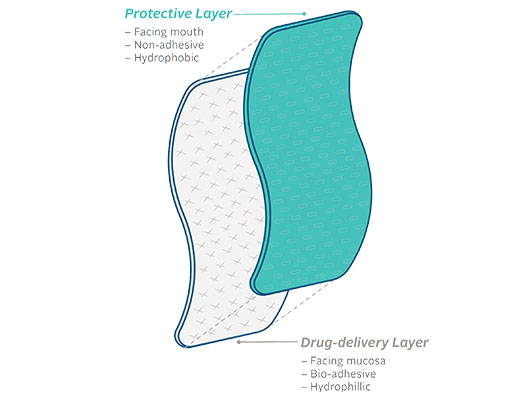
Ocular Drug Delivery:
The innate dimensions of nanoscale materials enable them to be injected directly into target tissues, improving therapeutic efficiency and patient comfort. Ocular and intraocular drug delivery takes advantage of this characteristic, in combination with drug encapsulation and controlled release to introduce drugs into these highly sensitive areas. For example, the TERCTM (Tunable Extended-Release Capsule) by Vitranu Inc., is an emerging technology developed for the sustained, controllable delivery of protected biologic or small molecule ophthalmic therapeutics using an injectable double-walled capsule technology (Figure 3). The tunability of the nanofibrous capsule allows the controlled elution of the drug to the intraocular target area, and its extended release decreases the frequency of injections from 7-12 per year to 1-2 per year, increasing patient comfort.
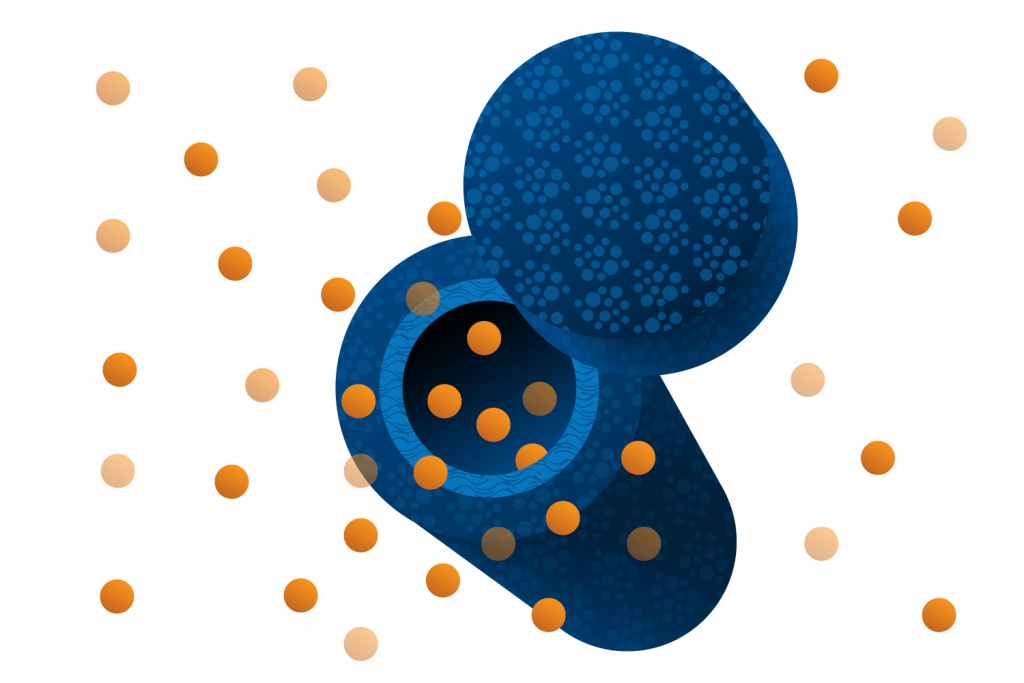
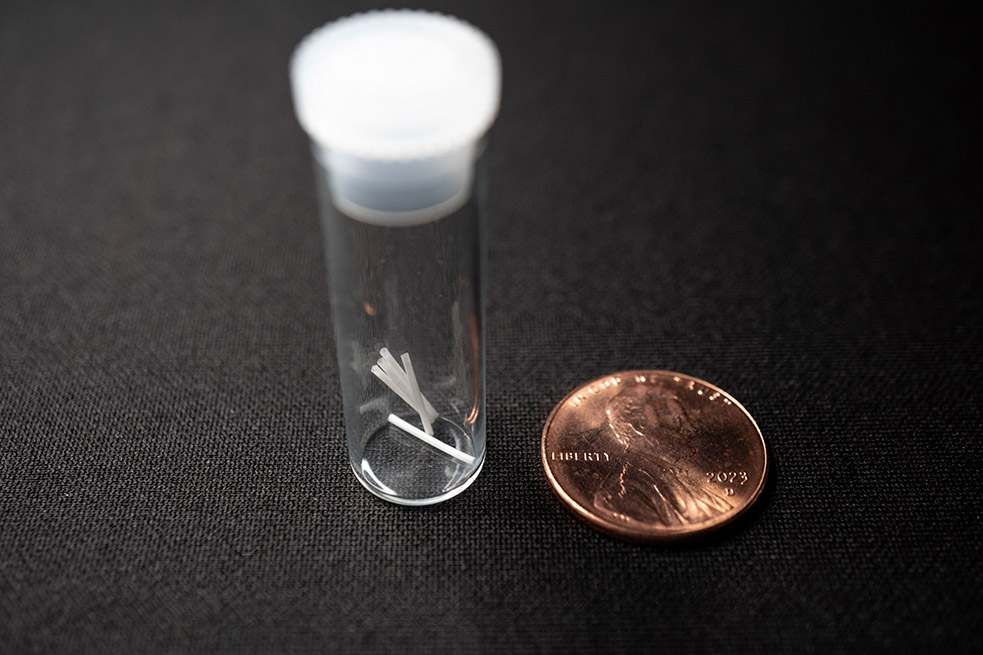
Stimuli-responsive Drug Delivery
Electrospinning can fabricate nanofibers that respond to external stimuli (Figure 4). For example, Creative Biolabs has developed a few commercially available products, generally referred to as Stimuli Responsive Electrospun Nanofibers for Controlled Release, including thermoresponsive, pH-responsive, electric/magnetic field responsive, and multiple stimuli responsive nanofibers. These fibers can be used to deliver drugs to targeted locations. A publication by Chen et. al. 5 describes the use of these stimuli responsive electrospun nanofibers for targeted drug delivery for cancer therapy, wound dressing, and tissue engineering.
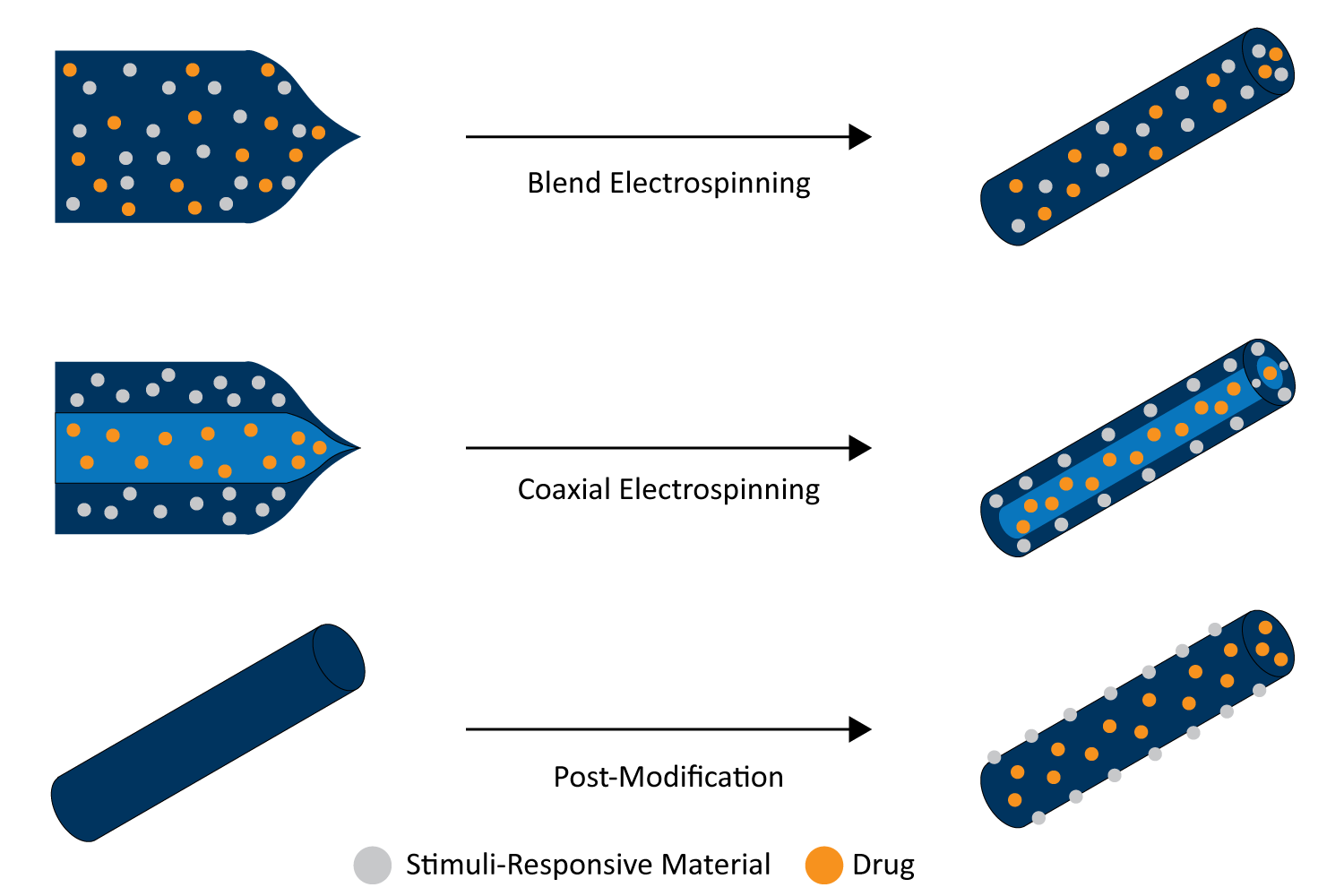
Additionally, in tissue engineering specifically, electrospun scaffolds can be used to deliver growth factors and other bioactive molecules which respond to their environment. For instance, Liu et al. created electrospun scaffolds containing vascular endothelial growth factor (VEGF) to promote blood vessel formation in tissue regeneration applications. The sustained release of VEGF from the nanofibers supported the formation of new blood vessels, demonstrating the potential of electrospun scaffolds in regenerative medicine.6
Conclusion
Electrospinning presents a versatile and innovative approach to drug delivery, offering significant advantages in terms of controlled release, targeted delivery, and improved bioavailability. As research progresses, the applications of electrospun nanofibers in drug delivery continue to expand, promising more effective and efficient treatments for a variety of medical conditions.
References
- Katti, D. S., Robinson, K. W., Ko, F. K., & Laurencin, C. T. (2004). Bioresorbable nanofiber-based systems for wound healing and drug delivery: Optimization of fabrication parameters. Journal of Biomedical Materials Research Part B: Applied Biomaterials, 70B(2), 286-296. ↩︎
- Sahay, Rahul, et al. “Design modifications in electrospinning setup for Advanced Applications.” Journal of Nanomaterials, vol. 2011, 2011, pp. 1–17 ↩︎
- Li, Xilin, et al. “A hierarchical structured ultrafine fiber device for preventing postoperative recurrence and metastasis of breast cancer.” Advanced Functional Materials, vol. 30, no. 45, 9 Sept. 2020. ↩︎
- Verreck, Geert, et al. “Incorporation of drugs in an amorphous state into electrospun nanofibers composed of a water-insoluble, nonbiodegradable polymer.” Journal of Controlled Release, vol. 92, no. 3, Oct. 2003, pp. 349–360 ↩︎
- Chen, Kai, et al. “Stimuli-responsive electrospun nanofibers for drug delivery, cancer therapy, wound dressing, and tissue engineering.” Journal of Nanobiotechnology, vol. 21, no. 1, 24 July 2023 ↩︎
- Han, Fengxuan, et al. “Performance of a multilayered small-diameter vascular scaffold dual-loaded with VEGF and PDGF.” Biomaterials, vol. 34, no. 30, Oct. 2013, pp. 7302–7313 ↩︎

